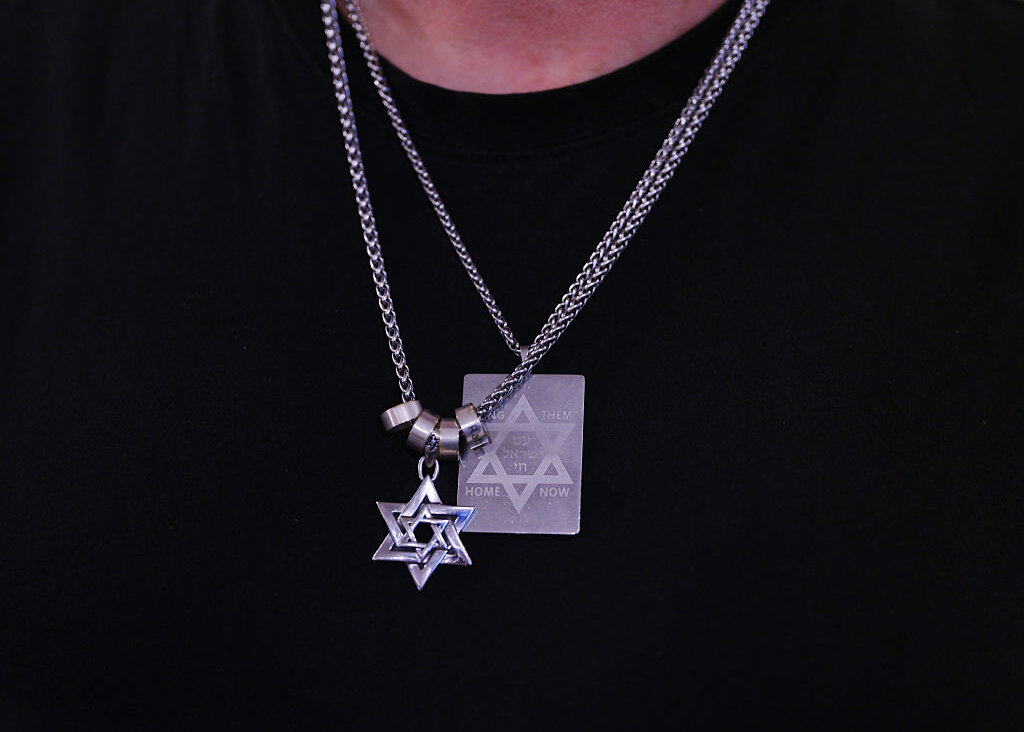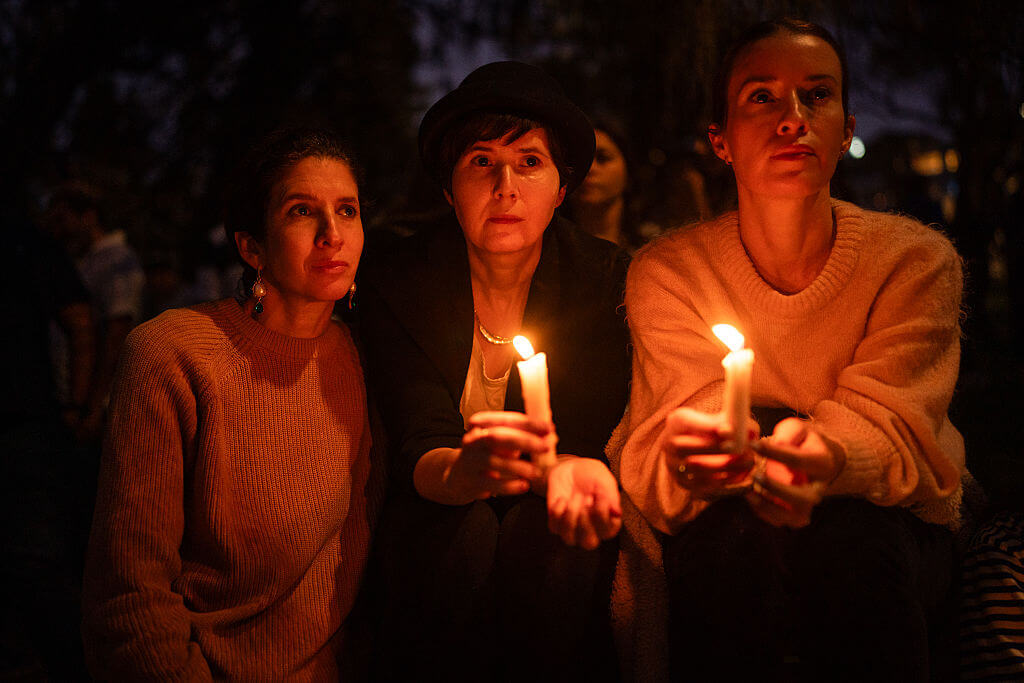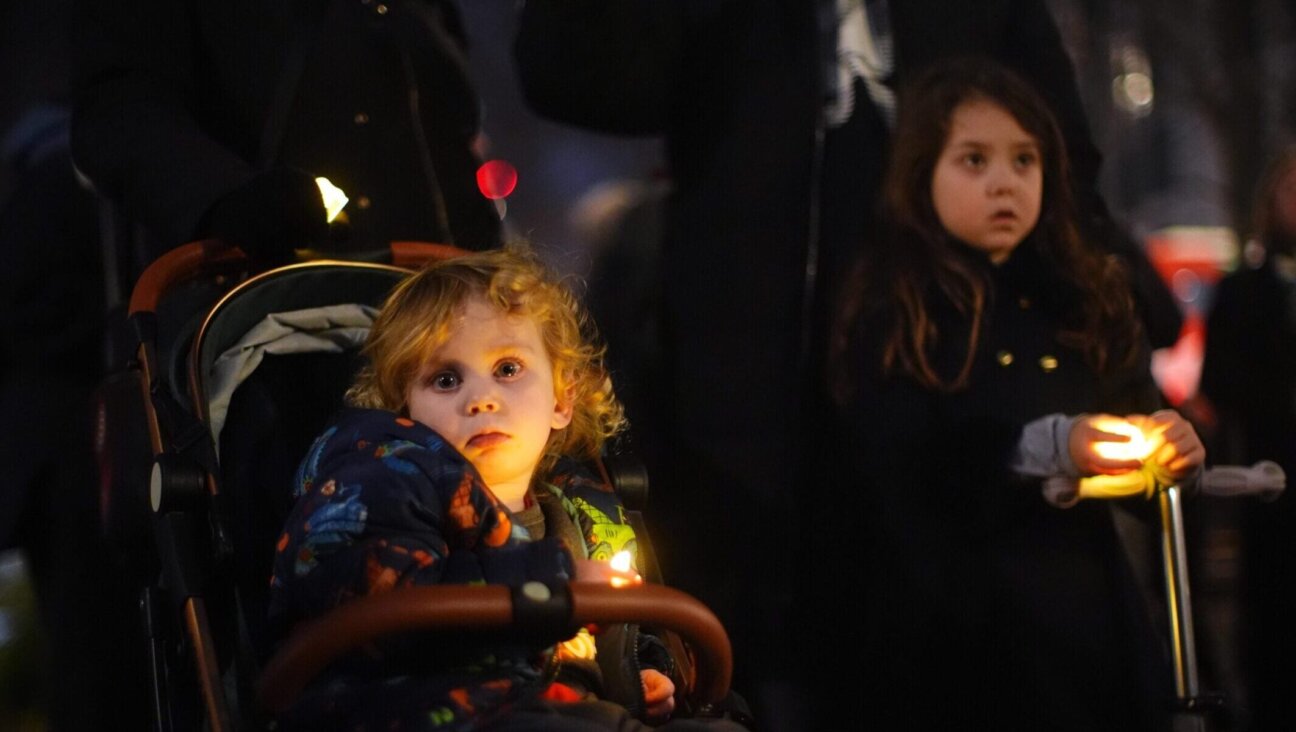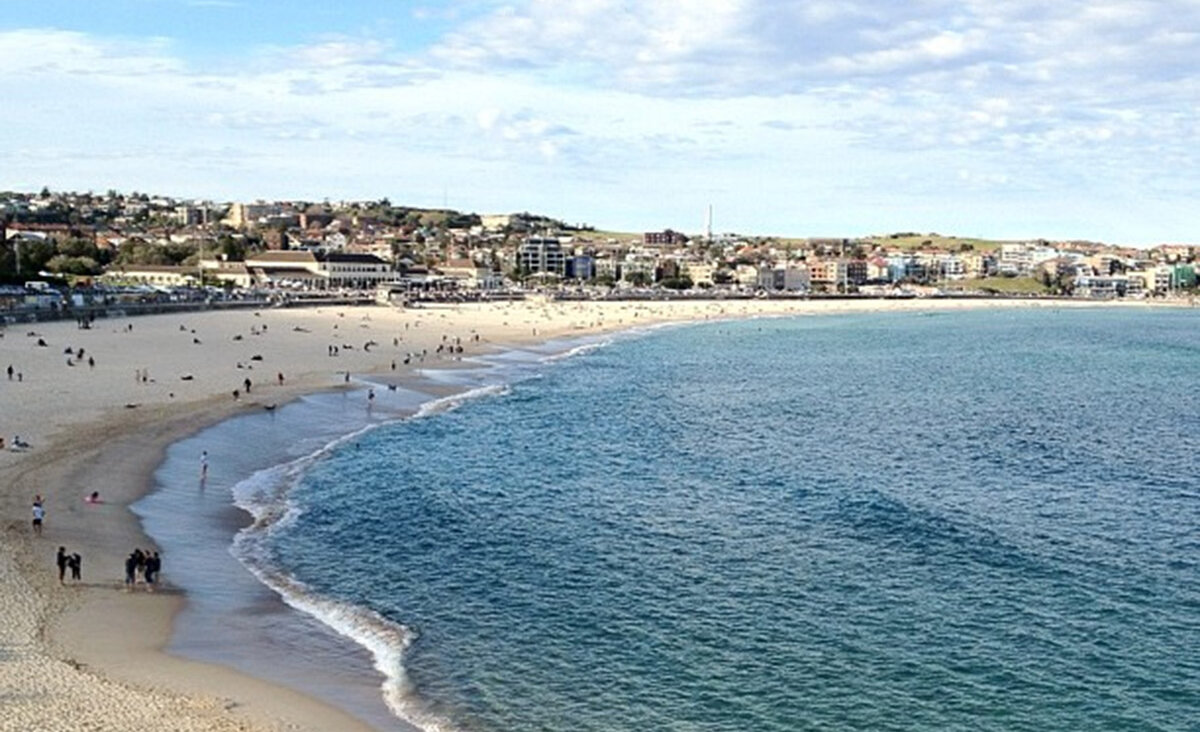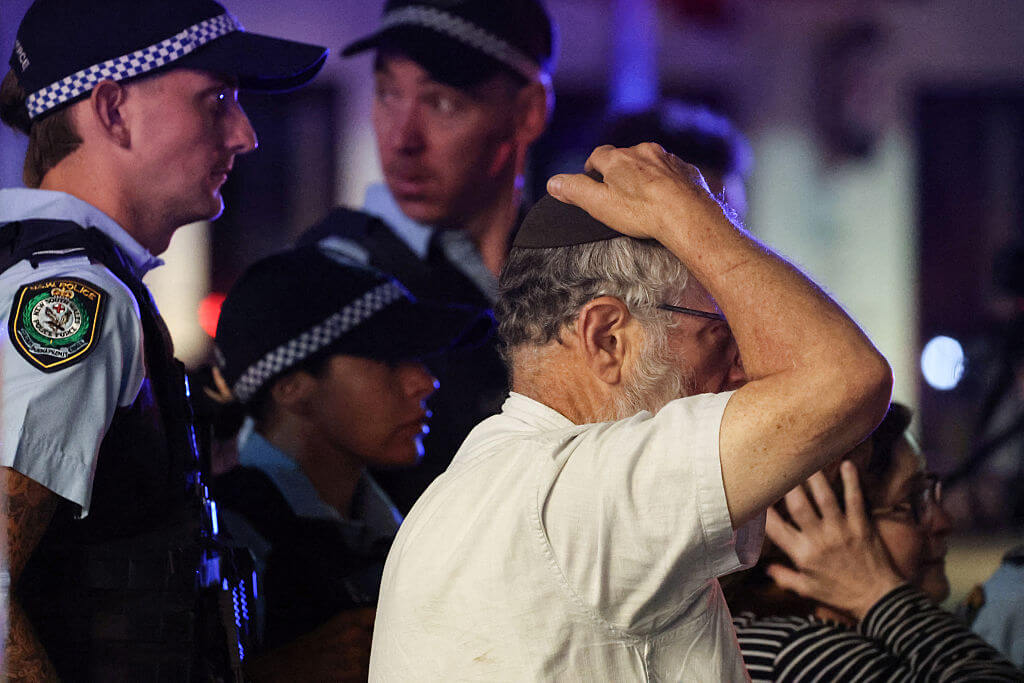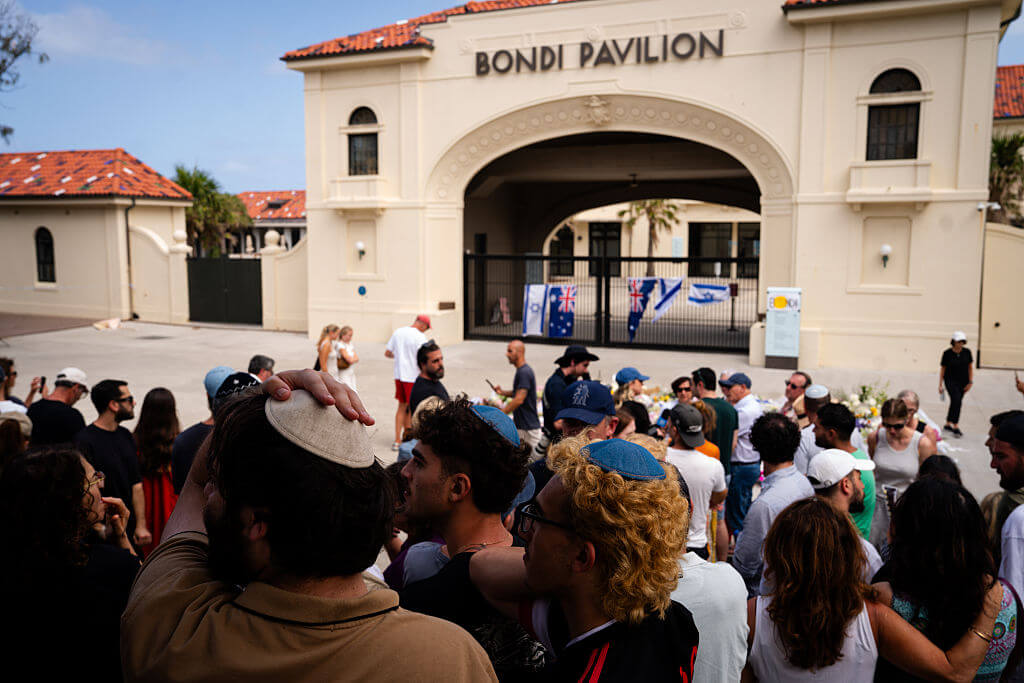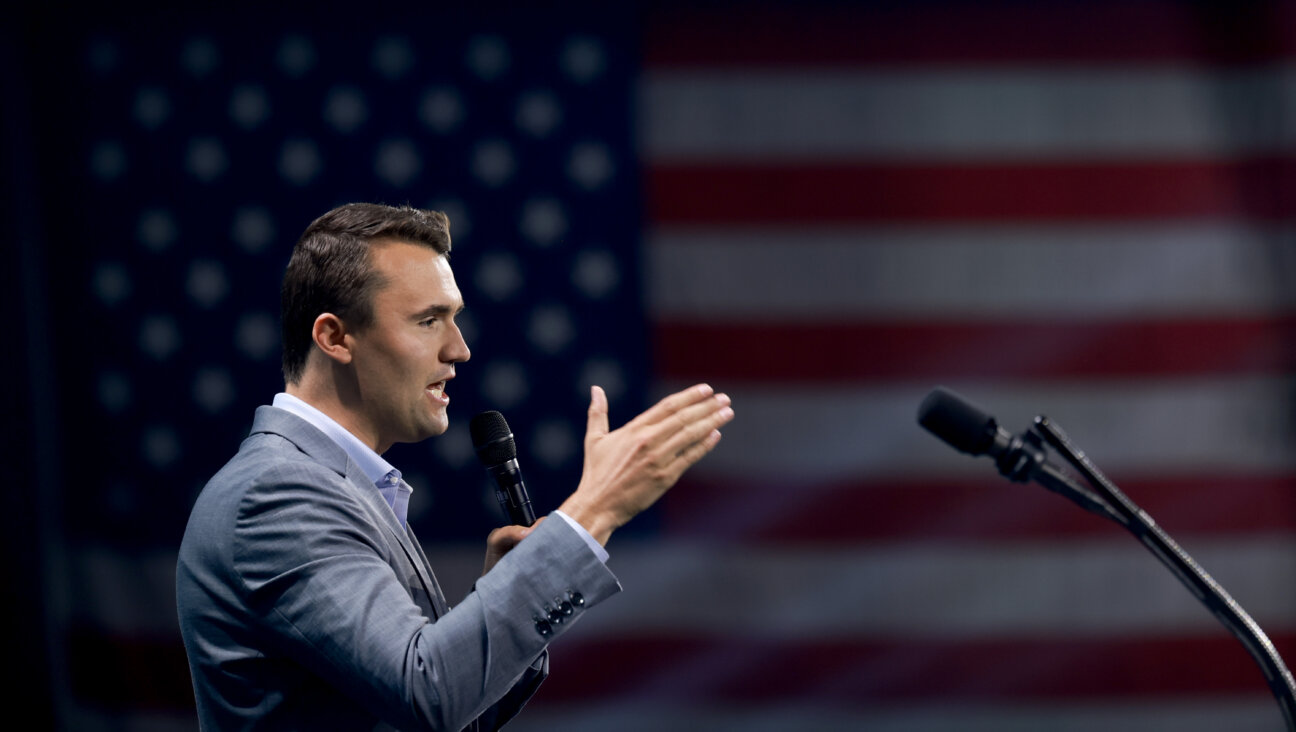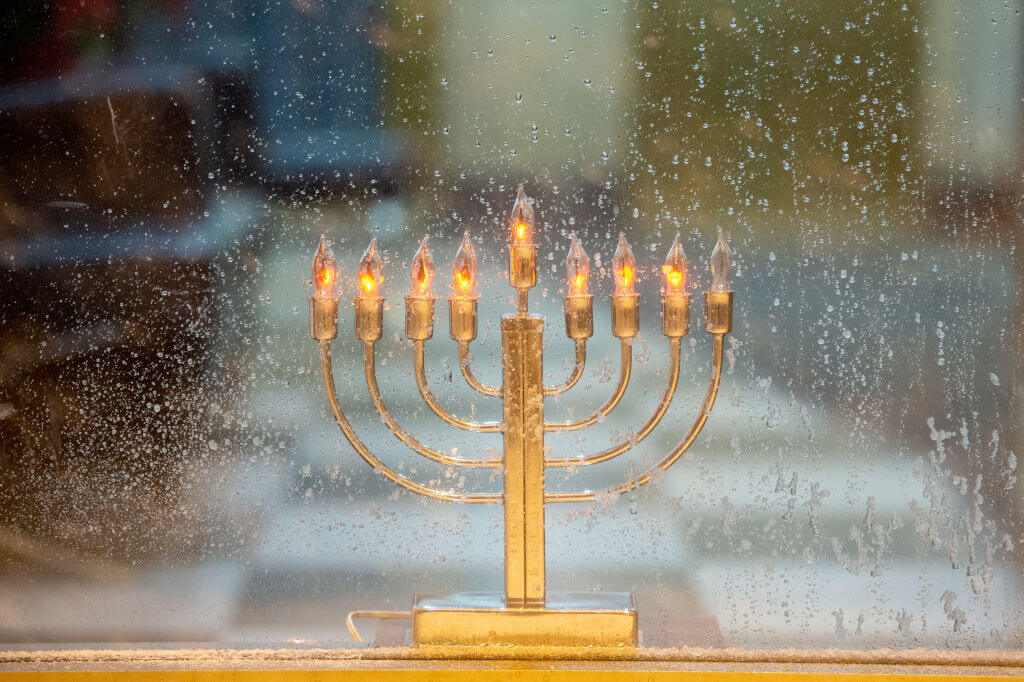Trump drew Arab leaders into a historic peace agreement. Too bad about the one glaring caveat
The president’s latest theatrics could change the Middle East — if absolutely everything goes right
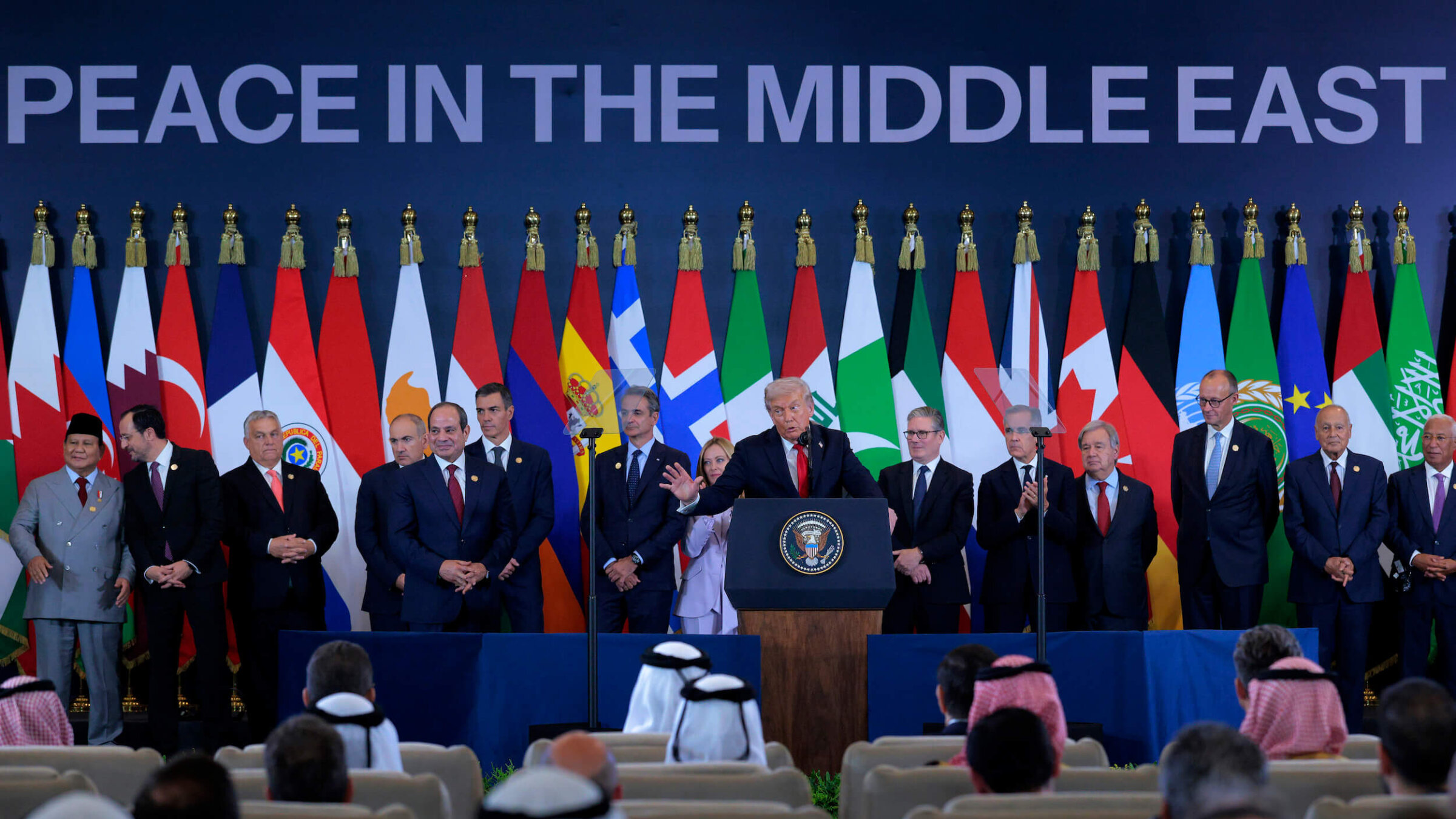
President Donald Trump joins President of Egypt Abdel Fattah El-Sisi and other regional and European leaders for a Middle East peace summit in Sharm El-Sheikh, Egypt, on Oct. 13. Photo by Chip Somodevilla/Getty Images
It was impressive, no question about that: A sitting American president, flanked by the heads of Egypt, Turkey and Qatar — among dozens of other countries — signing a document that contains all the right words and sentiments needed for achieving Middle East peace.
But Tuesday’s display in the Egyptian city of Sharm el-Sheikh may be all for naught. For Hamas to disarm and disappear — which is the only way that this two-year nightmare can truly end well — massive, sustained, multi-dimensional and focused pressure will be needed in the days and weeks ahead.
The newly signed so-called Trump Declaration for Enduring Peace and Prosperity is a far-reaching and courageous diplomatic text. It unambiguously denounces radicalization and violent extremism, signalling that the Arab states are no longer willing to indulge militancy as a permanent fact of life — a major move in shifting the balance of the Arab-Israeli conflict away from jihadism. The declaration also does something else extraordinary: It explicitly acknowledges the Jewish historical and spiritual connection to the land of Israel, and insists on “friendly and mutually beneficial relations between Israel and its regional neighbors.”
The text envisions new efforts to create peace between Israelis and Palestinians, on the heels of the Gaza war, not as working toward a reluctant truce, but rather as a civilizational project grounded in tolerance, education, opportunity and shared prosperity. All of this — if it is to be enforced — will represent a moral revolution for a region long trapped in denial, grievance and violence. It suggests the assembled are truly ready for an end to the cycles of violence.
The symbolism does have meaning. That Qatar and Turkey, both of which have long existed in enmity with Israel, lined up behind a statement calling for peaceful coexistence is no small thing. For a region so long dominated by grievance, that alone suggests a tectonic shift.
But symbolism is not a plan.
The leaders who signed the Tuesday statement know this, and have thrown their weight behind the successful execution of President Donald Trump’s peace plan, which both Israel and Hamas have agreed to. “We acknowledge that the Middle East cannot endure a persistent cycle of prolonged warfare, stalled negotiations, or the fragmentary, incomplete, or selective application of successfully negotiated terms,” they wrote.
Reading between the lines, that’s an acknowledgment that there is one major way in which the plan could fail: if Hamas refuses to disarm and vacate Gaza. That one clause — buried among the 20 points of the deal Trump announced two weeks ago — is the fulcrum on which the entire edifice rests. And the problem is that this “successfully negotiated term” has not been publicly agreed to by Hamas. Trump merely announced that peace had been achieved. And experienced observers of Hamas know that the group will seek any possible out to ensure their own survival.
If they find one, and Trump and his regional collaborators don’t crack down, then the whole thing collapses. The Arab leaders can declare peace, but if Hamas still has weapons, the war is not over. It’s paused.
The early signs are bad, despite Hamas’ release of the 20 remaining living hostages on Monday. Even as Trump and the Arab leaders signed their declaration, reports from Gaza described Hamas commanders consolidating power and executing accused collaborators. The group is not surrendering; it is reorganizing.
Trump’s triumph is real enough in the short term. But if the deal falters on this front, it will mean disaster for Gaza, where Israel would be within its rights to resume the war to oust Hamas. It could also be a death stroke for the career of embattled Israeli Prime Minister Benjamin Netanyahu. If Hamas doesn’t disarm, and reestablishes power, Netanyahu’s critics will argue correctly that what actually occurred — ending the fighting in exchange for the hostages — was achievable since the very early days of the war, when many more people were still alive. Netanyahu will be accused of having fought, and sacrificed, for nothing — except for, perhaps, the survival of his extremely unpopular far-right coalition.
Though unseemly to admit, some in Israel may be quietly hoping for this outcome: that Hamas, true to form, will make a mockery of the deal, and ensure that Netanyahu cannot escape political judgment for his failures — leading up to the attack of Oct. 7, 2023, and ever since.
I sympathize — Netanyahu is terrible for Israel. But it’s in all our best interests to hope against that result, and for the peace powerfully if vaguely outlined in Tuesday’s agreement. We must hope, too, that Trump resists his habitual pattern of losing interest. His pattern in global affairs — from North Korea to Iran — has been to claim credit and move on, leaving others to clean up the contradictions. If that happens again here, the “Trump Peace Agreement” will join a long list of Trumpian theatrics.

